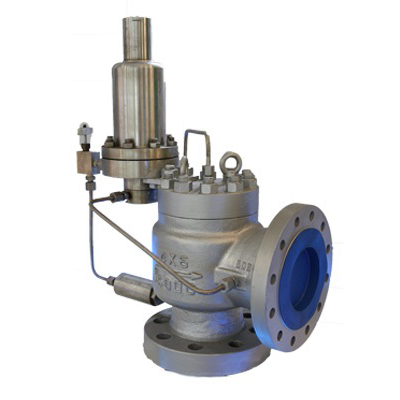- Home
- About Us
- Products
- Hydraulic Cylinders
- Forklift Hydraulic Cylinders
- Agricultural Machinery Hydraulic Cylinders
- Aerial Work Vehicle Hydraulic Cylinders
- Sanitation Machinery Hydraulic Cylinders
- Construction Machinery Hydraulic Cylinders
- Mobile Machinery Hydraulic Cylinders
- Industrial Engineering Hydraulic Cylinders
- American Standard Series Hydraulic Cylinders
- Offshore Hydraulic Cylinders
- Energy Technology Hydraulic Cylinders
- Tunnel Boring Machine Hydraulic Cylinders
- Telescopic Hydraulic Cylinders
- Tractor & Front End Loader Hydraulic Cylinders
- Steering Hydraulic Cylinders
- Dump Truck & Trailer Hydraulic Cylinders
- Electirc and Instrument
- Gasification station
- Equipment
- Gas compressor
- Gas filter and purification
- Gas Storage & transportation
- Air separation plant
- Refrigeration Equipment
- Ungrouped
- Hydraulic Cylinders
- News
- Download
- Send Inquiry
- Contact Us

Drive Shaft
We warmly welcome friends from all over to visit and establish long-term, mutually beneficial cooperation!Compressor
What is a Compressor?
A compressor is a mechanical device designed to increase the pressure of a gas by reducing its volume. Compressors are essential in various industries, from manufacturing and construction to HVAC and automotive sectors. They power tools, provide clean air for processes, and are critical in refrigeration systems. Understanding the technical specifications and features of compressors can help you choose the right model for your needs, ensuring efficiency, reliability, and cost-effectiveness.
Key Product Parameters
Our compressors are engineered with precision to deliver optimal performance. Below, we detail the essential parameters that define our product line, presented in both list and table formats for clarity and professionalism.
List of Key Parameters
- Type: Rotary screw, reciprocating, centrifugal, and scroll compressors.
- Power Source: Electric, diesel, or gasoline-driven motors.
- Pressure Range: From 50 PSI to 200 PSI, suitable for light to heavy-duty applications.
- Air Delivery (CFM): Ranges from 10 CFM for small tools to over 1000 CFM for industrial use.
- Tank Capacity: Available in sizes from 5 gallons to 120 gallons for extended operation.
- Noise Level: As low as 60 dB for quiet operation in sensitive environments.
- Weight and Portability: Lightweight models under 50 lbs for easy transport, up to stationary units over 500 lbs.
- Efficiency Ratings: High energy efficiency with certifications like ENERGY STAR for reduced operating costs.
- Warranty: Standard 2-year warranty, extendable to 5 years with optional plans.
- Maintenance Requirements: Low maintenance design with easy-access components for servicing.
Detailed Parameter Table
| Parameter | Model A (Basic) | Model B (Standard) | Model C (Premium) |
|---|---|---|---|
| Type | Reciprocating | Rotary Screw | Centrifugal |
| Power Source | Electric (120V) | Electric (240V) | Diesel |
| Pressure Range (PSI) | 50-125 | 100-150 | 150-200 |
| Air Delivery (CFM) | 10-20 | 50-100 | 500-1000 |
| Tank Capacity (Gallons) | 5-10 | 20-60 | 80-120 |
| Noise Level (dB) | 70 | 65 | 60 |
| Weight (lbs) | 40 | 150 | 500 |
| Efficiency Rating | Standard | High | Premium (ENERGY STAR) |
| Warranty | 2 years | 3 years | 5 years |
| Maintenance Interval | Every 500 hours | Every 1000 hours | Every 2000 hours |
Applications of Compressors
Compressors are versatile machines used in numerous applications. In construction, they power pneumatic tools like jackhammers and nail guns. In manufacturing, they provide clean air for automation and painting. HVAC systems rely on compressors for refrigeration cycles, while automotive shops use them for inflating tires and operating lifts. Our compressors are designed to meet these diverse needs with robust performance and durability.
Compressor FAQ Common Questions大全
What types of compressors are available, and which one should I choose?
There are several types, including reciprocating, rotary screw, centrifugal, and scroll compressors. Reciprocating compressors are ideal for intermittent use and lower CFM needs, such as in home workshops. Rotary screw compressors offer continuous operation and are better for industrial settings with higher air demand. Centrifugal compressors are used for very high CFM applications like large manufacturing plants. Scroll compressors are compact and quiet, suitable for HVAC systems. Your choice depends on factors like air requirement, duty cycle, noise tolerance, and budget.
How do I maintain my compressor to ensure longevity?
Regular maintenance is crucial. Check and change the air filter every 500 hours or as recommended to prevent debris entry. Drain the tank daily to remove moisture and avoid corrosion. Inspect hoses and connections for leaks, and tighten them as needed. Lubricate moving parts according to the manufacturer's guidelines—some models are oil-free and require no lubrication. Monitor the oil level in lubricated models and change it every 1000 hours. Keep the compressor in a clean, dry environment to extend its life. Following the maintenance schedule in the user manual will help avoid breakdowns and ensure efficient operation.
What safety precautions should I take when using a compressor?
Always wear safety gear, including goggles and hearing protection, as compressors can be loud and emit debris. Ensure the compressor is placed on a stable, level surface to prevent tipping. Never operate it in wet conditions to avoid electrical hazards. Regularly check the pressure relief valve to ensure it functions properly, preventing over-pressurization. Disconnect power before performing any maintenance. Use certified hoses and fittings rated for the compressor's pressure to avoid bursts. Follow all local regulations and manufacturer instructions for safe usage.
Advantages of Our Compressors
Our compressors stand out due to their innovative design and reliability. They feature advanced cooling systems to prevent overheating, energy-efficient motors that reduce electricity costs, and durable materials that withstand harsh conditions. With easy-to-use controls and low noise levels, they are user-friendly and suitable for various environments. Additionally, our comprehensive warranty and customer support ensure peace of mind for all users.
Compressor FAQ Common Questions大全
Can I use a compressor for painting applications, and what specifications are needed?
Yes, compressors are commonly used for painting, such as in automotive or home projects. For painting, you need a compressor with sufficient CFM (cubic feet per minute) to handle the spray gun's requirements—typically 10-20 CFM for small guns and up to 30 CFM for larger ones. The pressure should be adjustable, around 30-50 PSI for most paints. A oil-free compressor is recommended to avoid contaminating the paint with oil particles. Ensure the compressor has a moisture trap or regulator to provide dry, clean air, preventing water droplets from ruining the finish. Models with larger tanks (e.g., 20-60 gallons) are preferable for continuous spraying without frequent cycling.
How does ambient temperature affect compressor performance?
Ambient temperature significantly impacts compressor efficiency. In hot environments, compressors may overheat, reducing output and potentially causing damage. Our models include thermal protection and enhanced cooling to mitigate this. In cold temperatures, oil can thicken, making startup difficult; using winter-grade oil or heaters can help. Ideally, operate compressors in temperatures between 40°F and 100°F for optimal performance. Always refer to the product specifications for temperature ratings and consider environmental controls if operating outside these ranges.
What is the difference between CFM and SCFM in compressor specifications?
CFM (Cubic Feet per Minute) measures the volume of air flow, but it can vary with temperature and pressure. SCFM (Standard Cubic Feet per Minute) is a standardized measurement at specific conditions (usually 68°F and 14.7 PSIA), providing a more accurate comparison between compressors. When selecting a compressor, pay attention to SCFM for real-world performance, as it indicates the actual air delivery under standard conditions. CFM ratings might be higher but less reliable if not standardized. Our product tables always include SCFM values to ensure transparency and help you make informed decisions based on your air tool requirements.
Why Choose Our Compressors?
With decades of industry expertise, our compressors are built to last and perform under demanding conditions. They offer exceptional value through energy savings, low maintenance, and versatile applications. Whether for DIY enthusiasts or large industries, our range caters to all needs with precision engineering and customer-focused features.
Compressor FAQ
How do I calculate the right size compressor for my needs?
To determine the appropriate compressor size, list all air tools you plan to use simultaneously and note their CFM requirements (found in the tool manuals). Add these CFM values together to get the total air demand. Choose a compressor with a CFM rating at least 20% higher than this total to account for inefficiencies and future needs. Also, consider the duty cycle—if tools run continuously, opt for a compressor with a 100% duty cycle, like rotary screw models. For intermittent use, a reciprocating compressor may suffice. Tank size matters too; larger tanks reduce cycling frequency, providing steadier air supply for tasks like sandblasting.
What are the common signs that my compressor needs repair?
Common signs include unusual noises (e.g., knocking or grinding), which may indicate bearing or piston issues. Reduced air output or failure to reach pressure suggests leaks or pump problems. Overheating or frequent cycling can point to clogged filters or faulty valves. Oil leaks in lubricated models require immediate attention. If the compressor struggles to start or trips circuit breakers, it might have electrical faults. Regular inspections can catch these early; address issues promptly to avoid costly repairs or downtime. Consult a professional if unsure, and always use genuine parts for replacements.
Are oil-free compressors better than oil-lubricated ones?
Oil-free compressors require less maintenance since there's no oil to change, and they eliminate the risk of oil contamination in applications like painting or food processing. They are generally lighter and more portable. However, they may have a shorter lifespan and louder operation due to higher friction. Oil-lubricated compressors are more durable and quieter, ideal for heavy-duty use, but need regular oil changes and can contaminant air if not properly maintained. Your choice depends on the application: choose oil-free for clean air needs and oil-lubricated for longevity and performance in industrial settings.
Conclusion
Investing in a high-quality compressor can enhance productivity and efficiency across various tasks. By understanding the parameters, applications, and maintenance tips outlined here, you can select the best compressor for your requirements. Our products are designed to deliver reliable performance, backed by expert support and innovation. Explore our range today to find the perfect compressor solution.
- View as

Oil-lubricated System Control Integrated Rotary Screw Air Compressor With Dryer Tank Air Filter Ingersoll Rand
Experience unparalleled performance with Raydafon's Oil-lubricated System Control Integrated Rotary Screw Air Compressor With Dryer Tank Air Filter Ingersoll Rand, delivering reliable, efficient air compression for industrial and professional use, ensuring smooth operations and enhanced productivity.
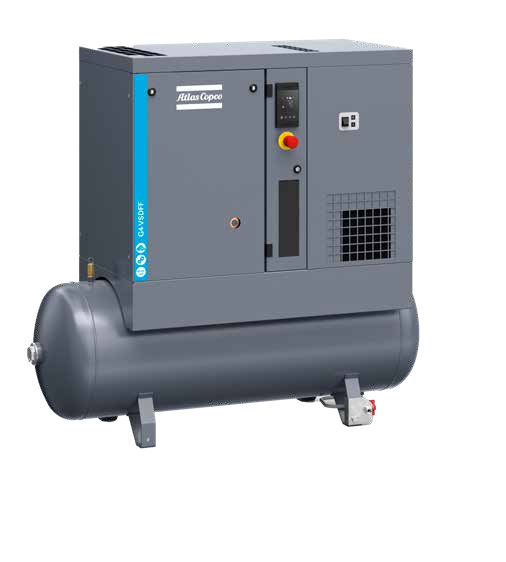
Oil-lubricated System Control Integrated Rotary Atlas Screw Air Compressor With Dryer Tank Air Filter Copco
Raydafon's Oil-lubricated System Control Integrated Rotary Atlas Screw Air Compressor with Dryer Tank Air Filter Copco delivers reliable, efficient compressed air for industrial and workshop use, featuring advanced technology for quiet operation and energy savings, ideal for professionals seeking durable, low-maintenance solutions with superior performance.
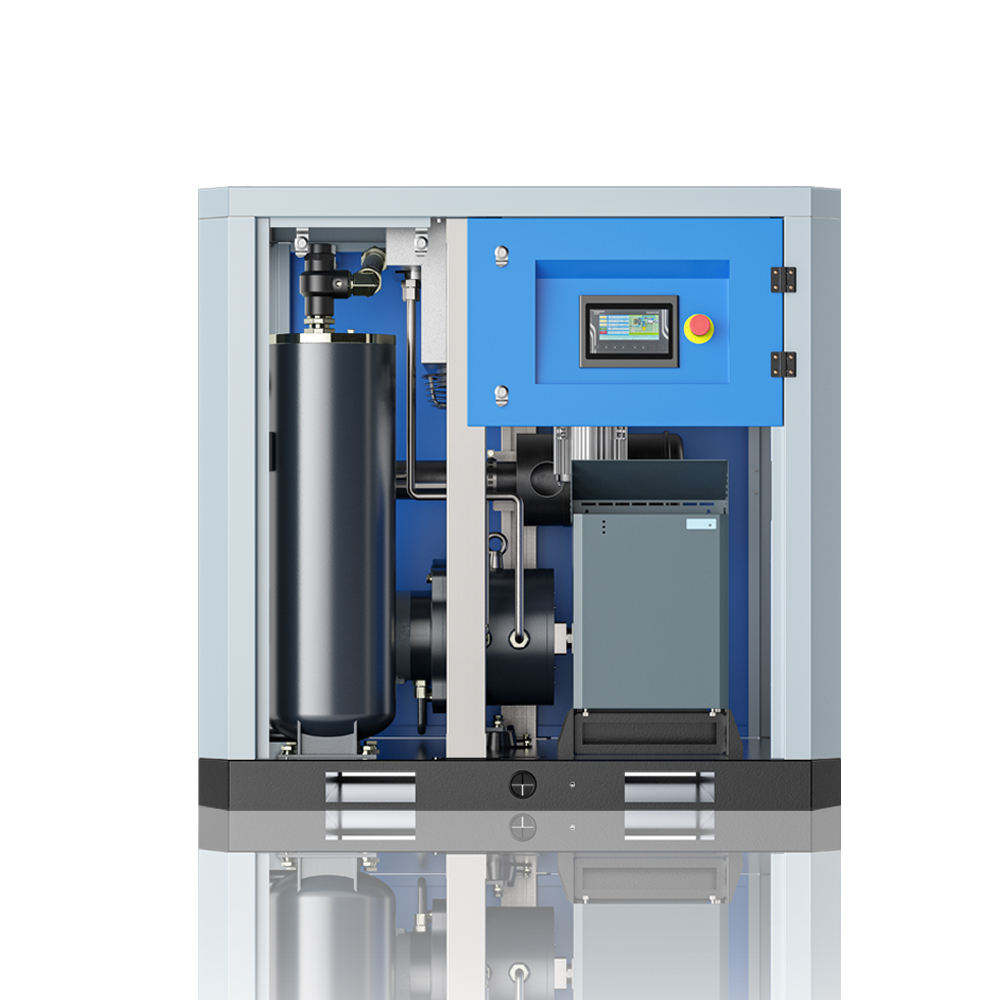
Oil-lubricated Screw Compressor Atlas GA 37-90 Oil-injected Copco Screw Compressor with Remote Control and Monitoring
Raydafon's Atlas GA 37-90 Oil-injected Screw Compressor delivers reliable, efficient air compression with remote control and monitoring. Ideal for industrial users, it offers superior performance, reducing downtime and energy costs. Experience enhanced productivity and peace of mind with this advanced, user-friendly solution.
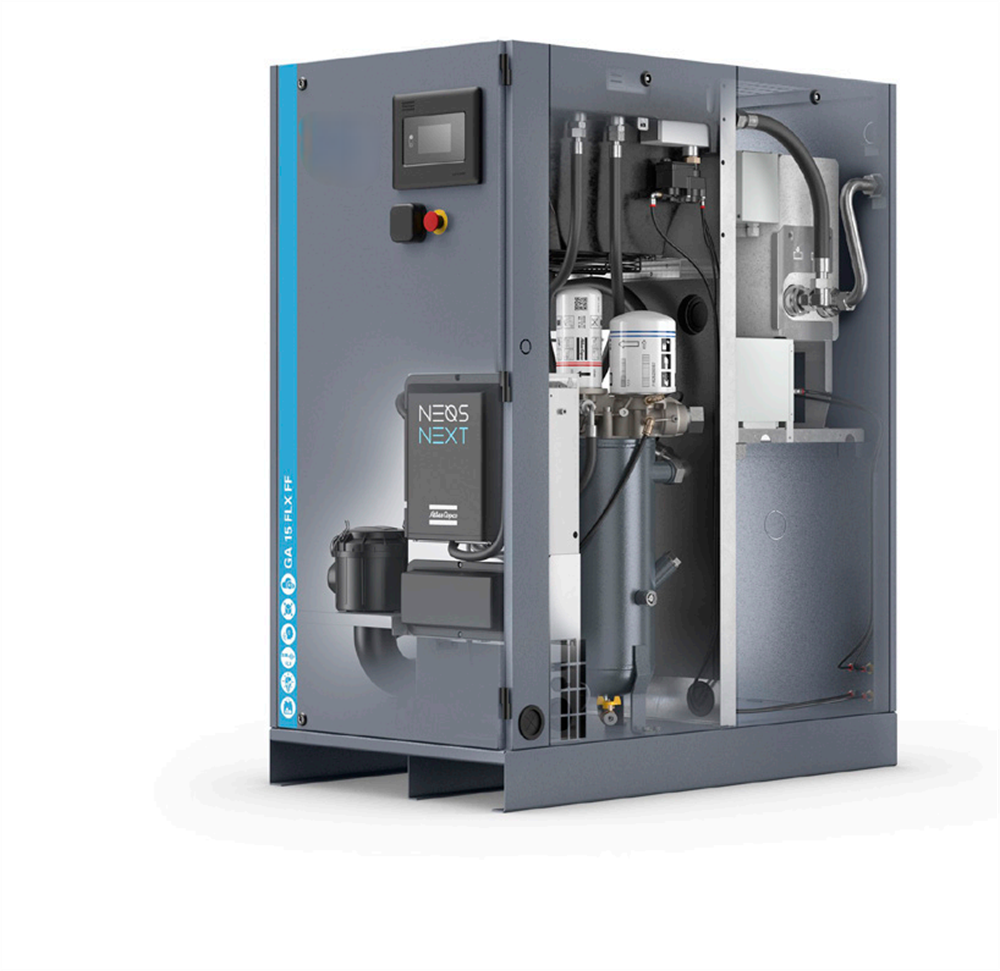
Variable Speed Drive (VSD) Oil-lubricated Screw Compressors with Air Treatment Integration and Energy Savings
Raydafon's Variable Speed Drive Oil-lubricated Screw Compressors with integrated air treatment deliver unmatched energy savings, ideal for industrial users seeking reliable, cost-effective solutions that enhance efficiency and reduce operational costs.
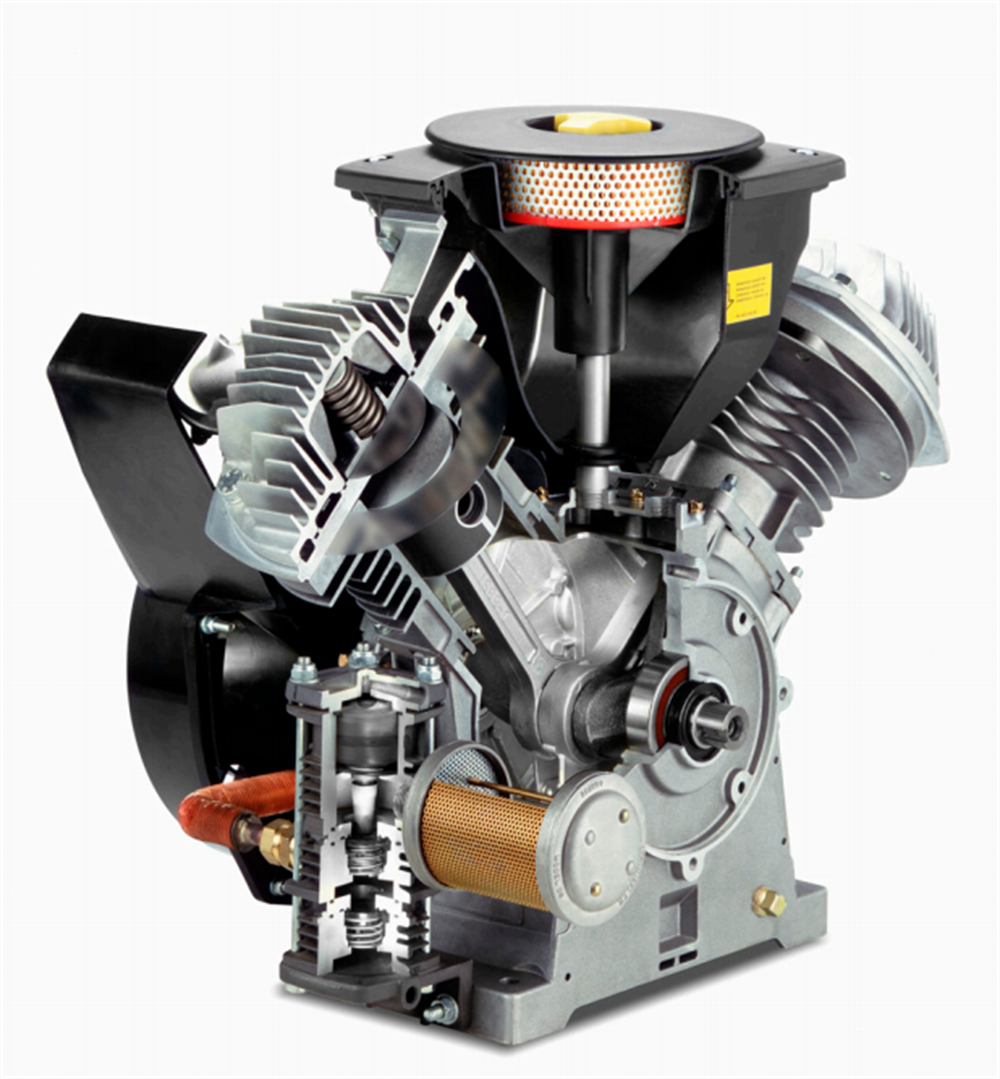
Oil-lubricated Reciprocating Medium Pressure Piston Compressor 2 to 10 bar and 15 up to 300 bar 1.5 kW - 15 kW Compresor
Introducing the Raydafon Oil-lubricated Reciprocating Medium Pressure Piston Compressor, delivering reliable performance from 2 to 10 bar and 15 up to 300 bar, with power options from 1.5 kW to 15 kW. Ideal for industrial applications, it offers superior durability and efficiency, solving your compression needs with precision. Upgrade to Raydafon for unmatched quality and satisfaction.
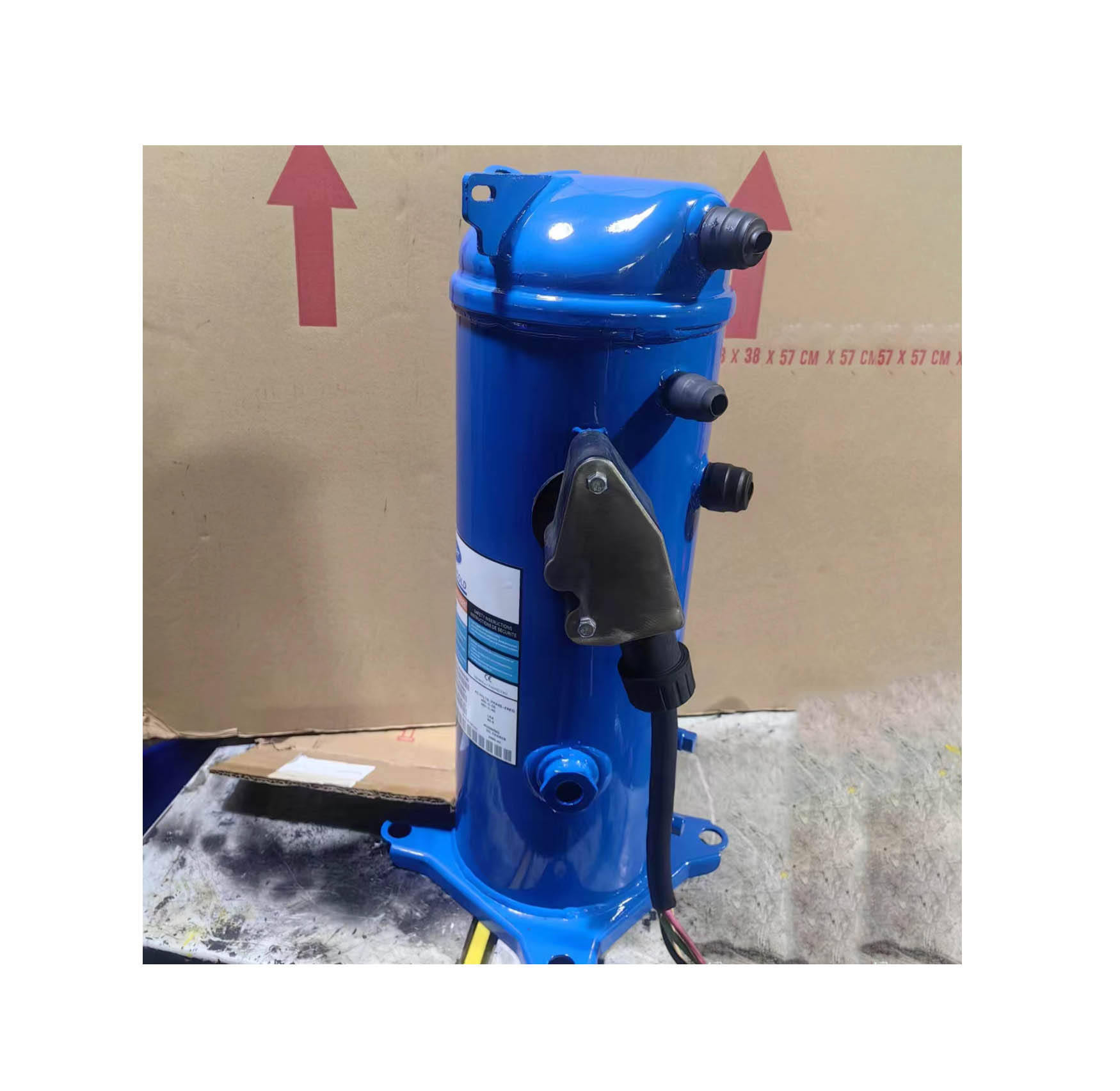
Hermetic Refrigeration RSH105GR01 RSH105GD01 RSH105GA01 10hp Carrier Transicold Scroll Compressor for Reefer Container
Discover the Raydafon Hermetic Refrigeration RSH105GR01 RSH105GD01 RSH105GA01 10hp Carrier Transicold Scroll Compressor for reefer containers—engineered for unmatched efficiency and reliability, perfect for logistics and shipping professionals. Its advanced scroll technology ensures optimal cooling with minimal energy use, solving common breakdowns and boosting operational confidence. Choose Raydafon for superior performance and durability in refrigeration solutions.

